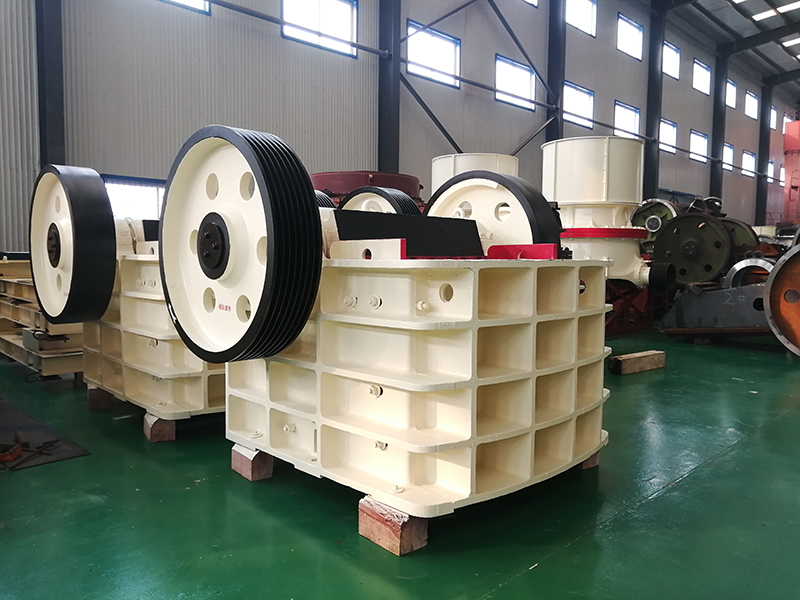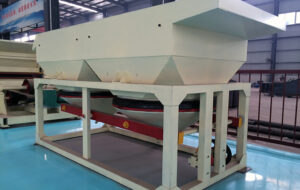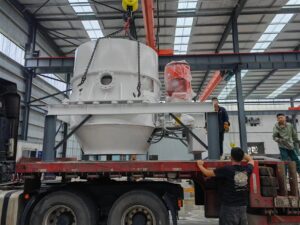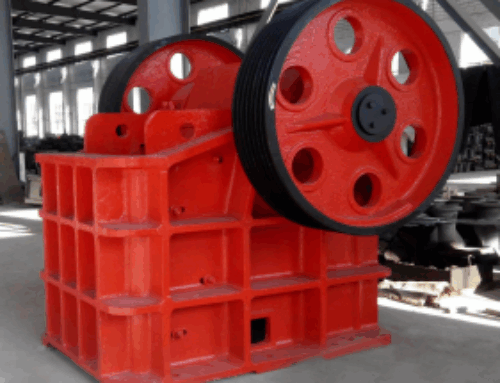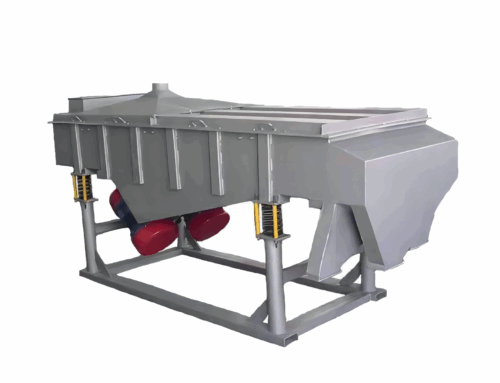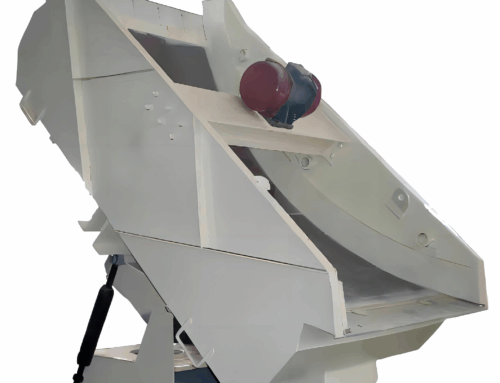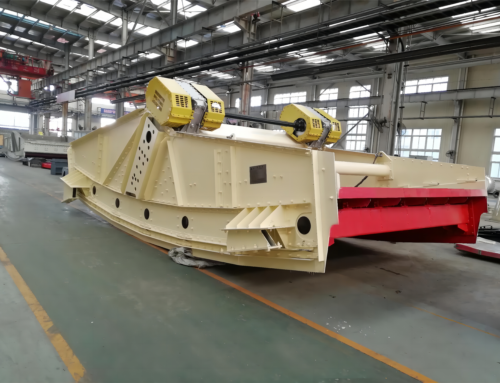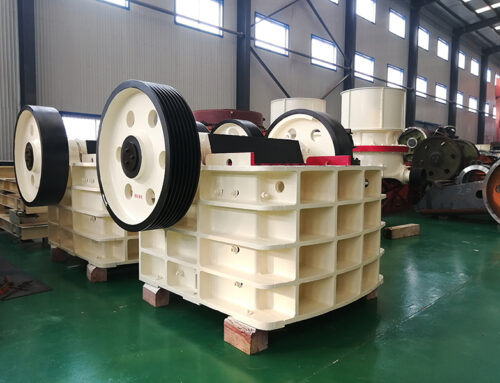Ore mining has a pivotal position in many aspects of modern industrial development as well as resource utilisation. Mining technology provides the iron and steel industry with key raw materials such as iron ore, manganese ore, chromium ore and other key ingredients for steelmaking; in the chemical industry, mineral resources such as phosphate rock, sulphur, limestone and so on are indispensable raw materials for the production of chemical fertilisers, pesticides, plastics, rubber and other chemical products; the construction industry is also indispensable to the mining industry, and the basic building materials such as sand and gravel, cement, gypsum, glass and so on are all derived from the mining of ores; The energy industry is even more dependent on coal, oil, natural gas, uranium and other key resources provided by ore mining.
However, ore mining is not always easy, in the mining process will face many challenges, such as the impact on the environment, mining efficiency, safety and security issues. Different types of ore mining process there are differences, these processes have their own advantages and disadvantages, in the follow-up content, we will be on the common ore mining process for a comprehensive comparative analysis, in order to better understand their respective characteristics and applicable scenarios, to help the ore mining industry more scientific, efficient and sustainable development.
一.Classification of common ore mining processes
1.Open pit mining
(1)Applicable conditions
Open-pit mining is usually applied to the case of shallow depth of the ore, so that it is convenient to directly extract the ore body, without the need for large-scale underground excavation works. For example, when the thickness of the ore layer is large, the use of open-pit mining can give full play to the advantages of large mechanical equipment, and efficiently extract the ore. Like some large iron ore deposits, the ore body is large and relatively high grade ore, open pit mining can be carried out in a wide range of operations, the use of excavators, loaders and other equipment to quickly strip the overburden and excavate the ore, such as China’s Hebei, some of the large open pit iron ore mines is a typical case. In addition, copper, gold and other non-ferrous metal mines, if the ore body outcropping or buried shallow, thick layers, grade can reach a certain economic value of mining, also often give priority to the choice of open-pit mining method.
(2)Specific methods
Stripping method:
The stripping method mainly relies on mechanical equipment such as excavators and shovels. In the mining operation, these machines are first used to gradually strip the soil, rock and other cover layers on the surface of the ground, so that the ore layer underneath is exposed. For example, in open-cast coal mining, large excavators are used to strip the rock and soil above the coal seam and transfer it to the discharge site. This method is more effective for the mining of thick, high-grade ore, because it can strip a large area at once, and the subsequent mining efficiency can be guaranteed. The advantage is that the operation is relatively intuitive, and the overburden can be removed in an orderly manner according to the plan, so that the ore mining can be carried out smoothly. However, it also has obvious disadvantages, that is, in the process of stripping may cause greater damage to the surface environment, a large amount of land is occupied, vegetation is removed, easily triggered by soil erosion and other environmental problems, and stripping a large number of rock and soil waste if not properly handled, will also have a negative impact on the surrounding ecology.
Blasting method:
Blasting method is to use blasting technology such as explosives to break up the ore layer, thus facilitating subsequent excavation and transport. Its principle is through the pre-designed holes filled with explosives, detonation of explosives generated by the powerful impact of the ore broken into the right size. The operation process roughly includes piercing, loading, connecting, detonation and so on. For example, in the open pit quarry, the first submerged drilling rig or tooth wheel drilling rig for piercing operations, and then according to the nature of the rock and mining requirements for loading explosives, set up a good sequence of detonation and time intervals for blasting. This method is also applicable to the thick layer, high grade ore, especially for the higher hardness of the ore, blasting can quickly and effectively break it, improve the mining efficiency. However, there are certain safety risks associated with blasting operations, such as storage, transport, loading and detonation of explosives in the process need to strictly follow the safety regulations, a little carelessness may lead to an explosion. At the same time, the vibration generated by blasting, flying rocks and dust, etc. will also have an impact on the surrounding environment, may damage the nearby buildings, disturbing the surrounding residents, but also pollute the air, affecting the quality of the surrounding ecological environment.
Cutting method:
The cutting method involves cutting the ore layer into small pieces with the help of cutting machinery and equipment. This method has a unique advantage in the face of relatively thin layers of ore, but high grade ore, for example, in some mica ore, gemstone mining, etc., due to the high value of the ore and the thin layers of ore, the cutting method can accurately access to the ore, reduce the damage to the ore, to ensure its quality. However, the shortcomings of the cutting method is that its mining efficiency is relatively low, because the cutting process requires meticulous operation, and the scope and depth of each cutting is limited, compared with the stripping method and blasting method of large-scale operations, it is less ore extracted per unit of time, and the input cost of the cutting equipment is relatively high, the technical requirements for the operator are also more stringent, and you need to have the ability to accurately manipulate the equipment in order to ensure the accuracy and safety of cutting.
1.Underground mining
(1)Applicable conditions
Underground mining is mainly for those cases where the ore is buried deeper below the surface, due to the difficulty and high cost of direct mining from the surface, so it is necessary to extract the ore through underground excavation. When the ore body is small and scattered, it is difficult to carry out open-pit mining effectively, but underground mining can dig different tunnels and chambers to extract each ore body in a targeted manner. In addition, for the case of low grade ore, although the cost of open pit mining is relatively low, but considering the need to extract a sufficient amount of economically valuable ore, underground mining can also achieve certain economic benefits through reasonable development and mining arrangements. For example, some small lead-zinc mines, mercury mines, etc., the ore body is not large, low grade and deeper buried, often using underground mining.
(2)Specific methods
Drilling method.
Drilling method is the use of drilling equipment on the surface or underground drilling to form drill holes, and then with blasting technology and other mechanical equipment to carry out ore mining work. During the drilling process, the drill bit of the drilling equipment is driven by the power to continuously rotate and drill down, breaking the rock to form a drill hole. For example, in oil mining, deep holes are drilled first to understand the location and condition of underground oil layers. In ore mining, for some specific ore bodies, the drilling method can achieve targeted mining, can detect the direction of the ore body in advance, thickness and other information, for the subsequent development of mining programmes to provide a basis. However, the disadvantage of the drilling method is that the drilling cost is high, whether it is the purchase of drilling equipment, maintenance, or drilling process consumables, manpower and other costs are not to be underestimated. Moreover, the drilling technology requirements are relatively high, requiring professional technicians to ensure that the verticality and depth of the drilling holes meet the requirements, once the drilling deviation, it may affect the smooth progress of the subsequent mining operations, and even lead to mining failure.
Mine shaft method.
The mine shaft method is to mine ore by digging underground tunnels to form mine shafts. The process is generally the first pioneering works, digging the main roadway, stone gate, etc., to establish the basic transport, ventilation and other systems of the mine, and then to the direction of the ore body digging the mining roadway, and after reaching the ore body for mining operations. For example, in coal mining, shafts, alleys, etc. are developed first, and then mining aligned roadways, such as the down channel, are arranged towards the coal seam, and coal mining machines and other equipment are used to mine the coal. This method is applicable to the mining of large ore bodies and high grade ores, which can form a large-scale mining operation, and the mining efficiency is relatively high. At the same time, in order to ensure mining safety, a series of safety measures will be set up, such as ventilation system can discharge harmful gases, dust, etc. underground, and the drainage system can deal with problems such as water gushing underground in a timely manner. However, the mining method also faces some difficulties, such as with the increase of mining depth, ventilation will be more difficult, need more powerful ventilation equipment to ensure the quality of underground air; drainage problems are also more and more critical, a large amount of water can not be discharged in a timely manner, it will affect the operation of the underground or even lead to safety accidents; in addition, the maintenance cost of the roadway is also high, need to be regularly on the roadway to support, repair and other work.
Pit method.
The pit method is to mine ore by digging underground pits to form a pit system. In construction, according to the distribution of the ore body, digging different directions, different levels of pits, interconnected to form a complete pit network, convenient for personnel, equipment access and ore transport. For smaller ore bodies and lower grade ores, the pit method can flexibly track the ore body for mining, reduce the amount of unnecessary pioneering work, and improve the recovery rate of resources. However, the construction of the pit method is relatively difficult, because to accurately excavate the pit under the complex geological conditions underground, it is necessary to cope with many problems such as rock fragmentation and underground water, etc. Moreover, the space of the pit is relatively limited, and the use of large-scale equipment may be restricted, which also affects the efficiency of the mining to a certain extent. Meanwhile, in terms of the resource recovery rate, although it has been improved compared with some rough mining methods, there are still cases where some ore residues cannot be extracted because the arrangement of the pits may not be able to completely cover all the ore bodies.
With the continuous progress of science and technology, as well as environmental protection requirements are increasingly improved, the ore mining process will also be towards a more intelligent, green direction, ushering in a number of new changes and breakthroughs.

